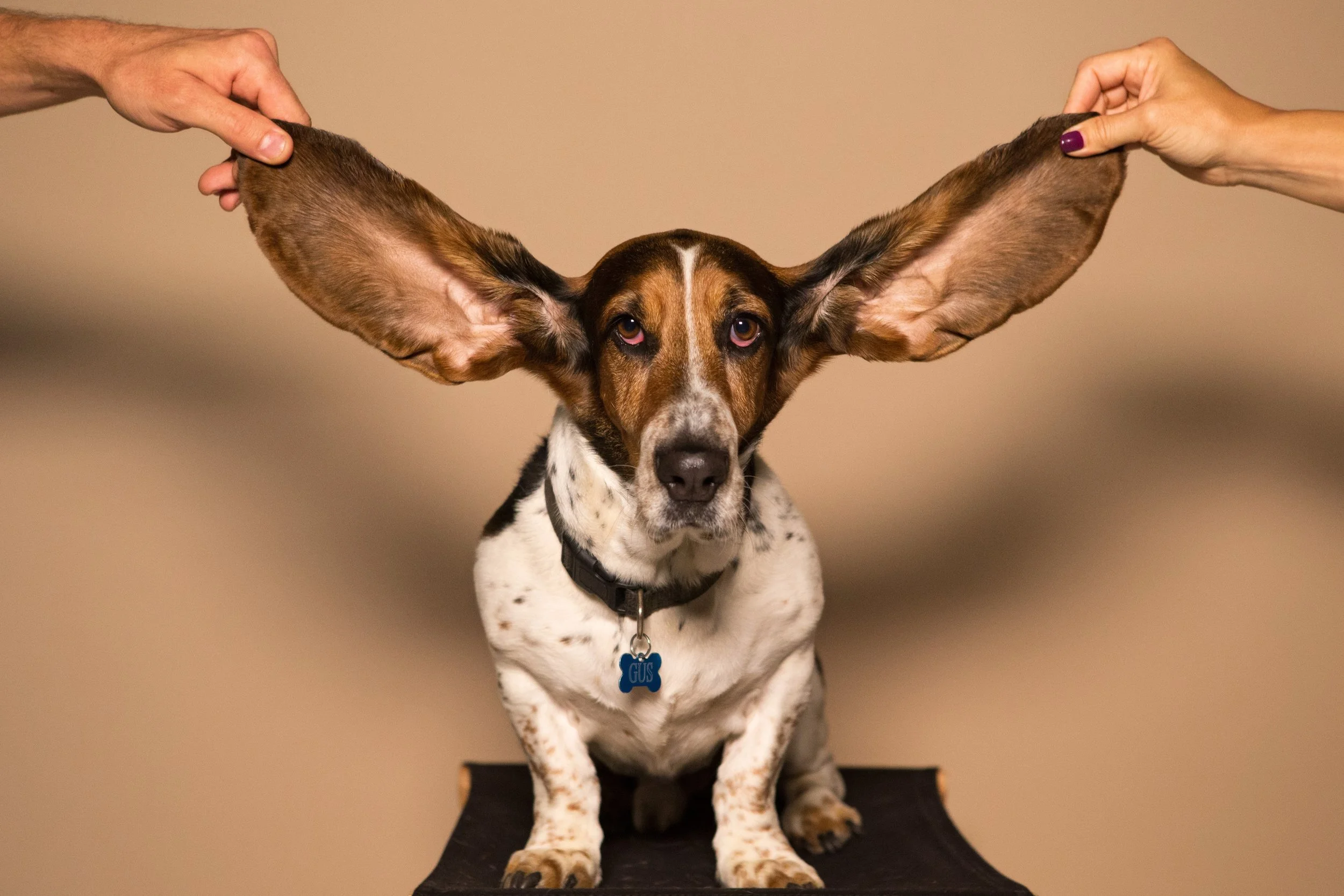Are you truly listening?
Eight or nine years old, playing outside as a youngster. Mom in the background yelling for me to come in for dinner. Me riding my bike as hard as I can without a care in the world. Did the sound hit my ears? Sure, I heard her, but was I listening? Not at all. Now 30 something, my loving wife talking about her day and the things we should tackle this weekend. Me thinking about the emails piling up, which clients I need to reach out to tomorrow, worrying about booking travel for an upcoming trip. Did her words make it into my eardrums? Of course. Was I listening? No. Did I reflect on her day? I doubt it.
It wasn’t for a lack of caring about what my mother and wife were saying. I wasn’t consciously listening. Listening requires you to actually process words and sounds. How many times do you sit on a phone call, or in a meeting, and hear people talking but all you can think about is what you should make for dinner? You are all probably reading this thinking: I need coffee, where should I go for lunch or checking those text messages. In order to help all of my readers out there, I took the opportunity to gather three practices that I find to be successful when I focus on listening. It’s not an easy task; think critically. Be present. Now this sounds simple and to most people reading this you are all thinking, I am always present. Being present means to focus on nothing but that conversation. Focus on the words and sentences that are coming from the source. Push everything else out of your head and focus on what that person is really saying. Put down the phone, stop looking around the room, make eye contact with the person, and have an open, welcoming stance. Try this with a loved one; it is a great way to test out this practice. Reflective listening. This one feels awkward but often times is the most successful when we are distracted, in a high intensity situation, or unmotivated. I am going to quote Wikipedia on this one. Wiki says that reflective listening is “a communication strategy involving two key steps: seeking to understand a speaker's idea, then offering the idea back to the speaker, to confirm the idea has been understood correctly.” Now to me that sounds simply put, but let me put it into practice. My wife explaining to me that it would be helpful if I was able to cook dinner tonight because of her schedule and to go with our health kick it would be fitting if it was a clean meal. Now as awkward as this sounds, I would reply “I understand you want me to take care of dinner tonight, and I have the bandwidth to do so. Also, I heard you say we should focus on a clean meal so I will find a recipe that aligns.” Yes, I know that this doesn’t sound like a normal conversation, but honestly as we make a mad rush out the door to work, this is exactly what needs to happen. She understands and feels heard, and I have listened and understand what I need to do. Clearing. For those that work in a customer facing role, this one is huge! Often times a big limitation to listening is what is going on around us. This may be things like our family, money worries, great news, food, or something simple like a text message. Now in order to understanding clearing, think about a time when you were most distracted. Now picture yourself about to walk through a door. As you get ready to turn that handle, take whatever that distraction was, reflect on it, and clear it (forget it) or come to peace with it. Now open that door with a clear head, and clear mind to listen. Often times we need to leave our baggage, our issues, our distractions at the door, and enter a conversation ready to listen. The biggest hindrance to listening is really taking in that information and being able to process it and reflect on it, and then use it. These simple techniques are not ones that you can just magically become great at, but all need to be practiced over and over. It takes time to truly be a good listener and be able to answer the question above “Are you truly listening?” with a resounding “YES!”Three Ripples to Take Away
1. Understand what listening is. It is more than just hearing the words. It’s processing and reflecting.
2. Three types of listening practices I found useful: be present, reflective listening and clearing. Try them!
3. Listening doesn’t happen overnight or after one conversation. You need to practice, understand what’s hard for you and work to overcome
Comment below or in my LinkedIn or Instagram post!

